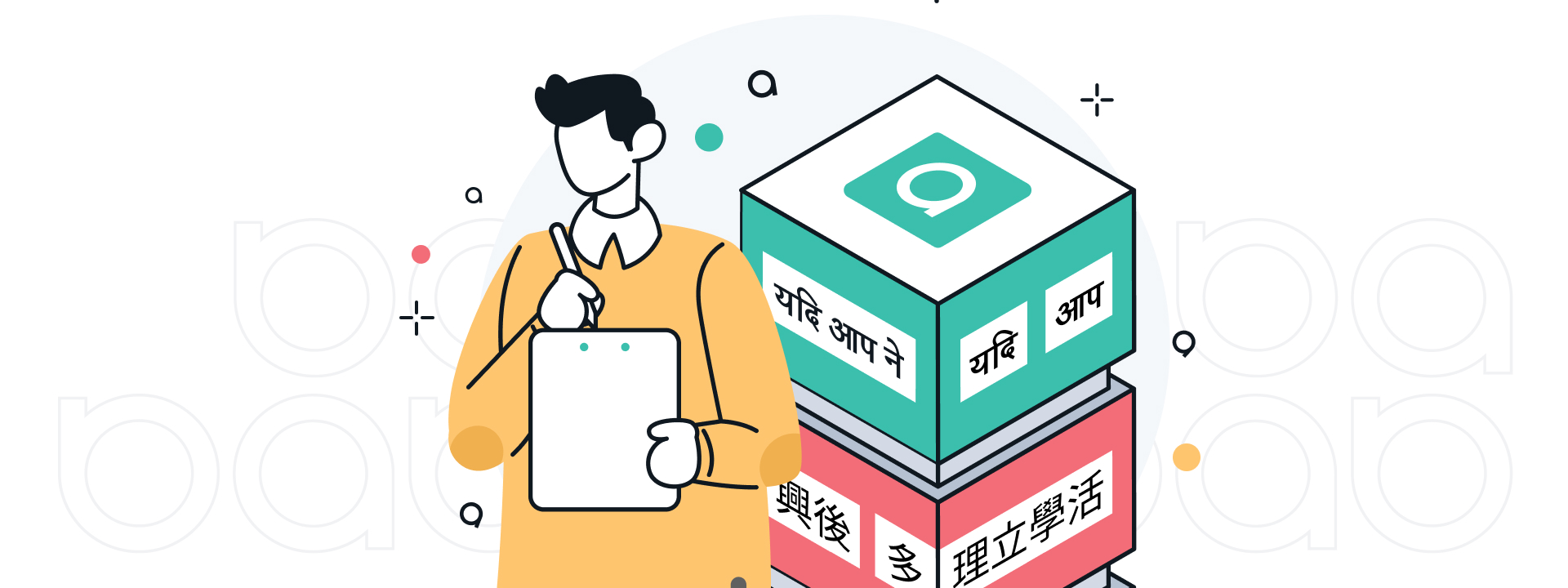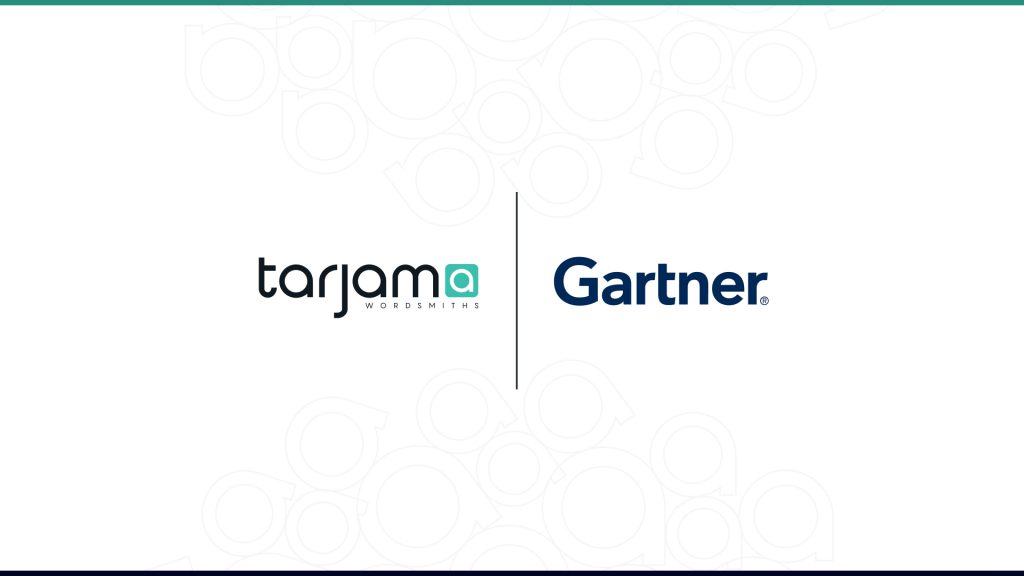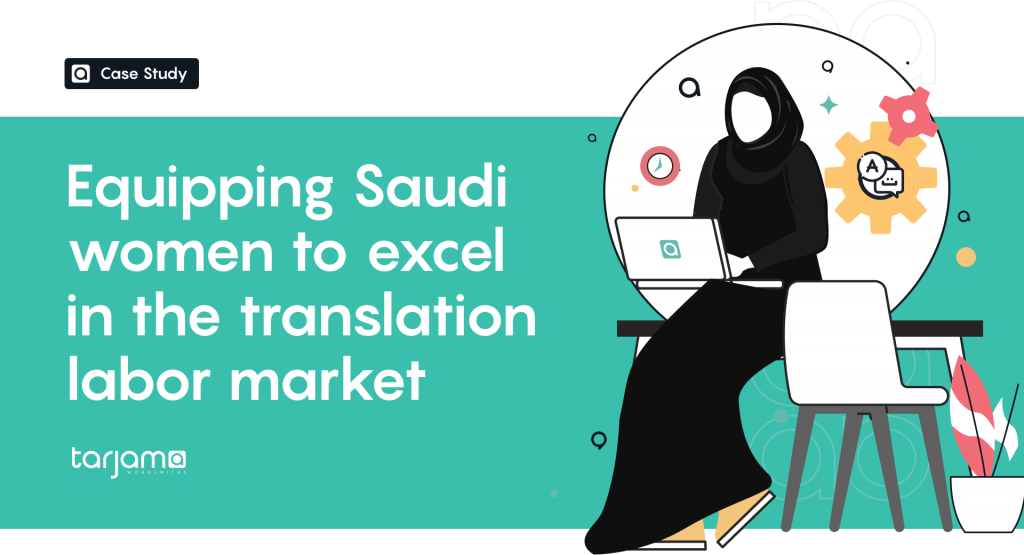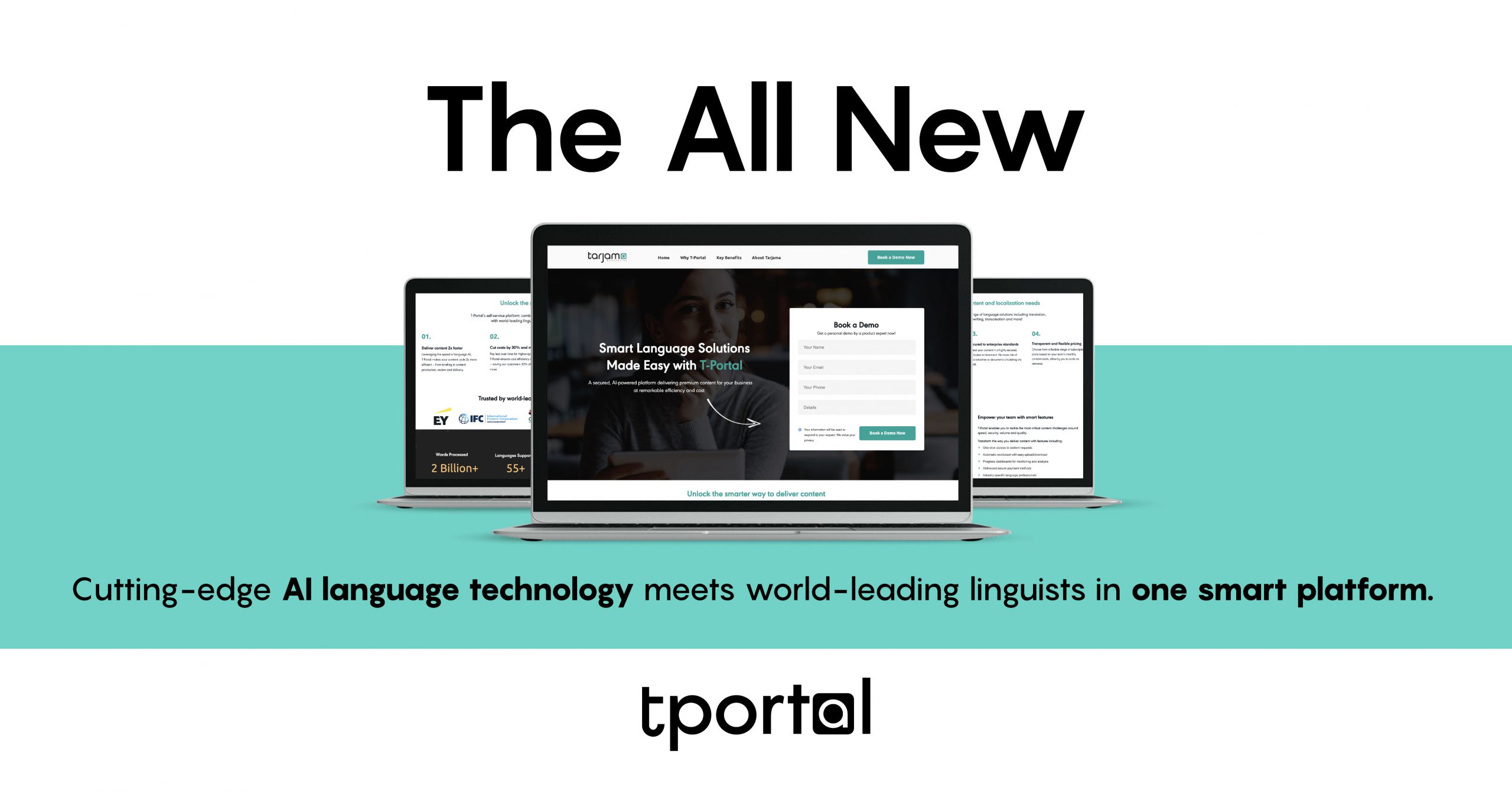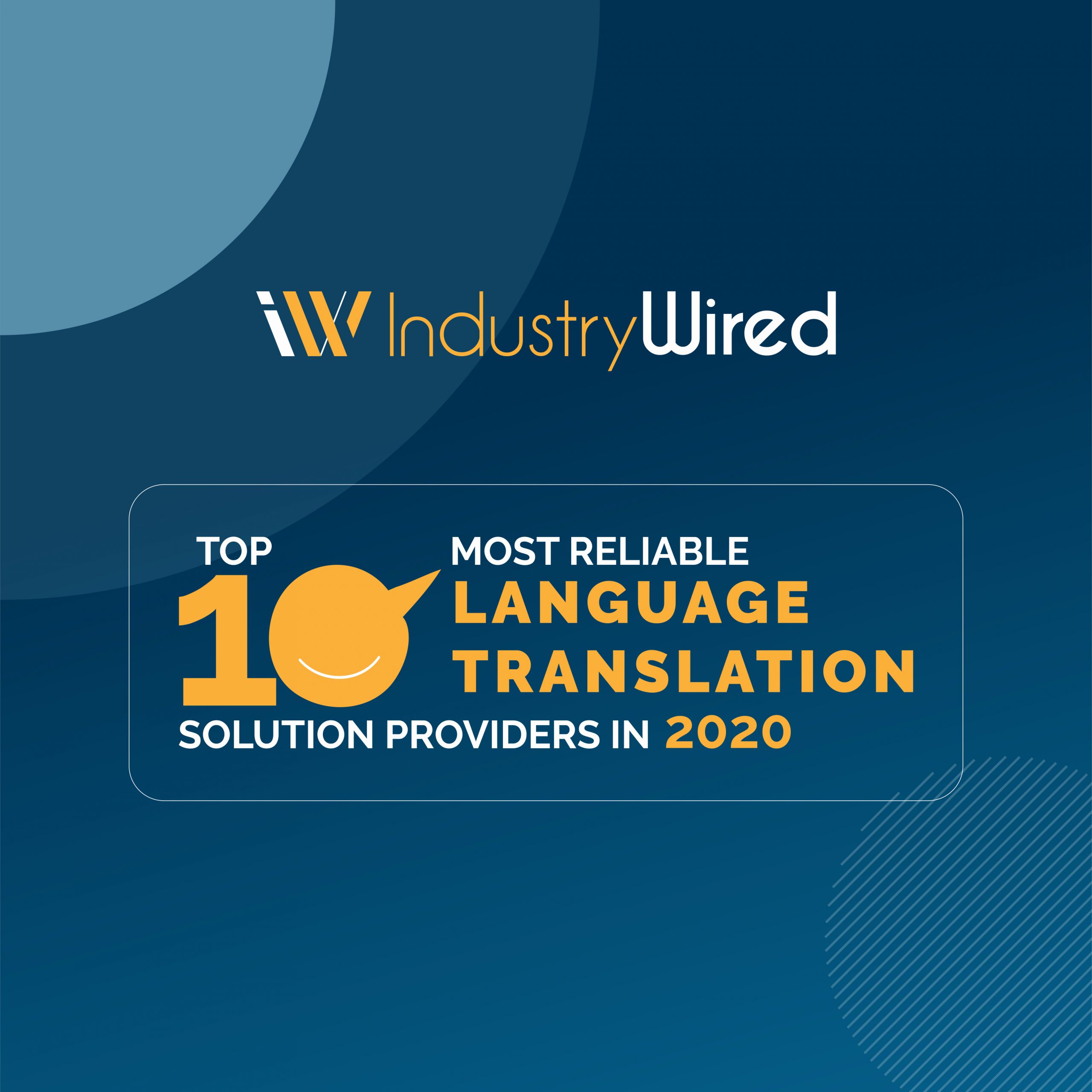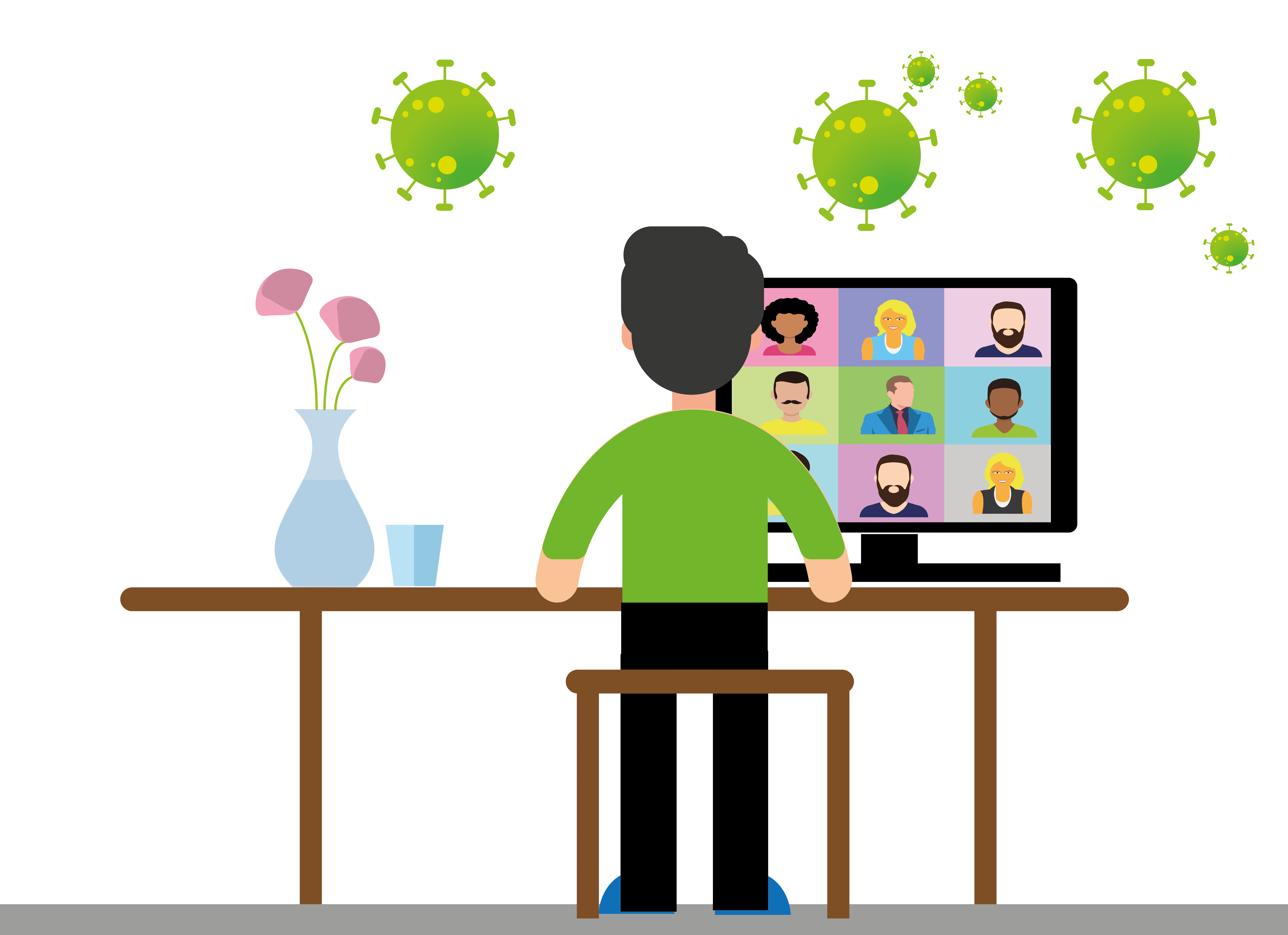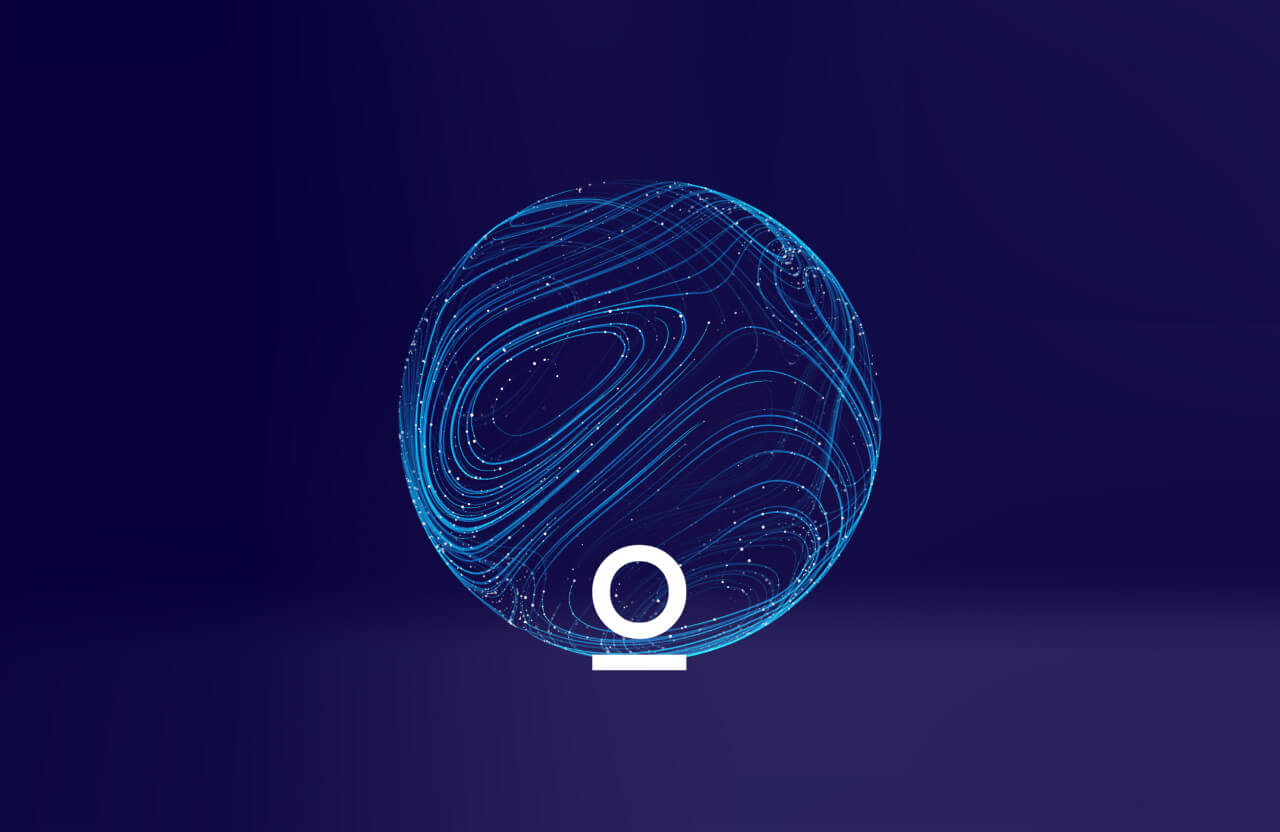Businesses that regularly need content translated likely know that, while machine translation (MT) has come a long way in recent years, it still cannot compare to the accuracy of human translators—and that is why many of those businesses are now turning to machine translation post-editing (MTPE) as the solution to their bulk translation dilemma. Read on to find out everything you need to know about this system designed to bridge the gap between the speed of machine translation and the accuracy of human linguists—as well as the best practices for MTPE to ensure that all your translations are as flawless as can be.
What is MTPE?
MTPE is a process by which a source text is translated using machine translation and the post-editing work is done by a human linguist. Sometimes also referred to as Post-Edited Machine Translation (PEMT), the process offers the best of both worlds, combining the efficiency and speed of machine translation with the expertise of human editors.
Benefits of MTPE
Speed
Using machine translation speeds up the process compared to a human translator, especially with repetitive translations or tasks.
Accuracy
Having a human editor ensures that the resulting work is error-free and consistent, as the post-editor will pay close attention to grammar, punctuation, spelling, style, as well as any omissions or errors in translation.
Creativity
Using MT to translate bulk content instantly also enables human linguists to focus on the more creative elements to perfect the text in post-editing.
Best Practices for MTPE
Source text
MT engine
Post-editing
MTPE Strategies
When it comes to the post-editing phase, there are two basic MTPE strategies that businesses can follow. The first is to opt for light post-editing, where the MTPE editor only focuses on the bare essentials such as grammar, spelling, and ensuring that the translation is accurate. The other strategy involves full post-editing, where the editor will focus not only on the bare essentials but also take the time to ensure that the style and tone are consistent throughout the text, additionally focusing on details such as whether all expressions are appropriately localized, for instance.
Which MTPE strategy businesses choose ultimately comes down to three main factors: time, cost, and quality. The turnaround time for the project, the budget available for MTPE, and the desired level of quality are all variables that can influence business managers’ decisions for their translation projects.
Post-Editing Tools
These days, most computer-aided translation (CAT) software used for MTPE comes with a variety of tools that make the life of post-editors easier. The first of these is translation memory, which is a database of previously translated segments. So, if a segment stored in the translation memory appears in the source text again, the MT will automatically fill in the corresponding target segment for the post-editor to review.
A similar but distinct feature is the termbase, which is a manually entered list of bilingual terms for a specific industry or subject. These termbases are especially great for post-editors who may not be well-versed in the subject at hand, or in cases where multiple post-editors are working on a company’s translations, as they enable the editors to keep certain terms consistent throughout the same translation or across multiple translations.
Another useful feature found in most CAT software is a Quality Assurance (QA) tool, which helps businesses spot any errors or inaccuracies that may have been overlooked in the translation and post-editing processes. QA tools are essentially a last line of defense in the translation process, meant to ensure that the output is as high-quality as possible.
What Qualifications Does an MTPE Editor Need?
It is important to note that MTPE editors are not translators but rather linguists who can compare the source text to the translated version and make corrections as necessary. In other words, it is their job to ensure that the translation is accurate and meaningful.
For this reason, it’s important that an MTPE editor has experience working with the specific language pair in question, and that he or she is familiar with the context of the translation. Equally important is the MTPE editor’s command of the CAT software and any other tools used. Additionally, a good MTPE editor will necessarily have to be a sound decision-maker, as he or she will regularly have to make quick and rational decisions about whether to tweak the MT or to disregard it and translate the segment from scratch, for instance.
If you’re looking to streamline your company’s upcoming translation projects by combining the power of machine translation with the expertise of highly qualified post-editors, check out Tarjama’s cost-effective MT solutions for businesses.
